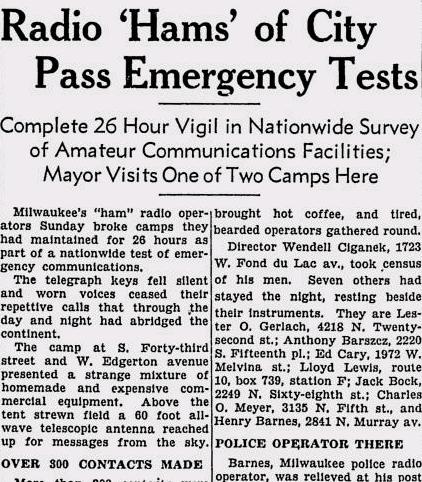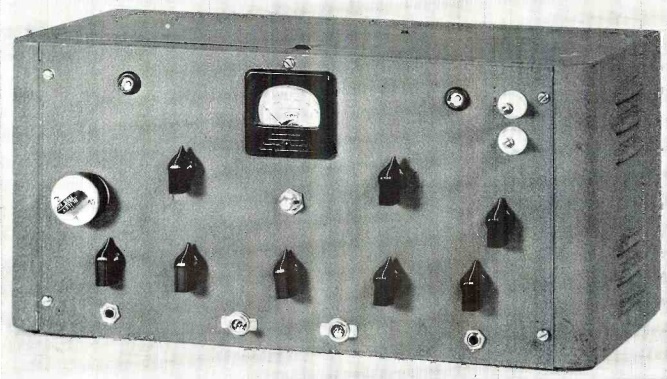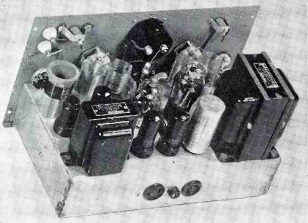Seventy-five years ago, this day’s issue of the Milwaukee Sentinel, June 9, 1941, carried this report of ARRL Field Day, which had just concluded.
The Milwaukee hams had operated for 26 hours from a location at 43rd Street and West Edgerton Avenue in Milwaukee, a site which “presented a strange mixture of homemade and expensive commercial equipment. Above the tent strewn field a 60 foot all-wave telescopic antenna reached up for messages from the sky.”
The article reported that 291 contacts were made with all nine call areas. The furthest contact was with Puerto Rico. The paper noted that this was a test of emergency communications, and demonstrated how Milwaukee would reach the outside world should catastrophe wipe out power and telephone lines.
This was to be the last pre-war Field Day, with Amateur Radio operation silenced after Pearl Harbor. In 1940, the FCC had severely restricted portable operation, restricting it to weekends, only with self-powered apparatus intended for emergency use. 48 hour advance notice was also required. At the ARRL’s request, the FCC relaxed these requirements in a March 11, 1941 order:
It Is Ordered, That during the period of the American Radio Relay League Field Day test from 4:00 P.M. E.S.T., June 7, 1941, to 6:00 P.M. E.S.T., June 8, 1941, the prohibition contained in Commission Order No. 73 shall not apply to communications transmitted by licensed portable and portable-mobile stations participating in such tests.
The announcement of this order in the May 1941 issue cautioned that the relaxation applied only to stations participating in Field Day.
Results were published in the January 1941 issue of QST, and noted that at least 2180 individuals had participated from 163 club stations and 119 non-club stations. The Milwaukee group’s showing was overshadowed by the Tri-County Radio Association of Plainfield, NJ, W2GW/2, with 1112 contacts. That club’s contacts were evenly split between CW and phone. They had 163 worked on 160 meters, 447 on 80 meters, 245 on 40 meters, 32 on 10 meters, 20 on 5 meters, and 61 on 2-1/2 meters.
Like most Amateur Radio traditions, Field Day resumed after the war. This year’s running will take place on June 25-26. The event has continued to grow over the years. In the 2015 running, the high scorer, Potomic Valley Radio Club and Columbia Amateur Radio Association, W3AO, logged a total of 9700 contacts from 18 transmitters.
Click Here For Today’s Ripley’s Believe It Or Not Cartoon
![]()



